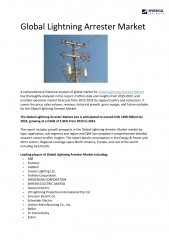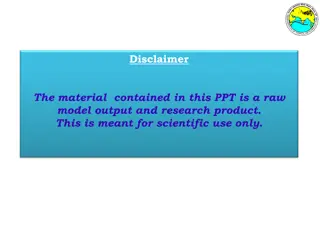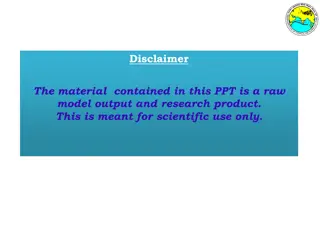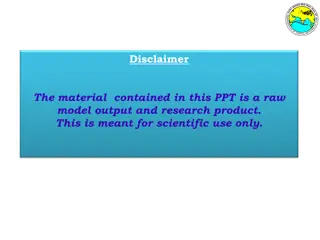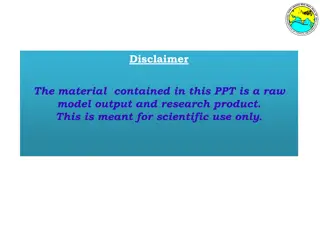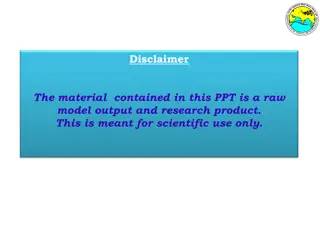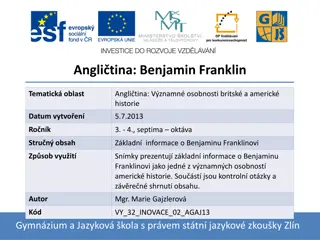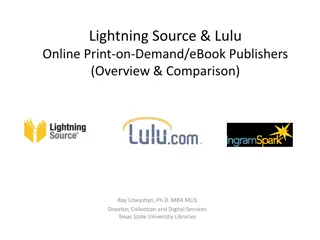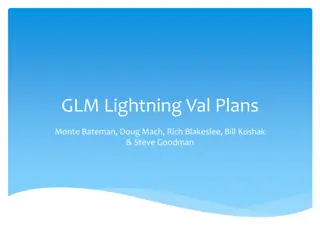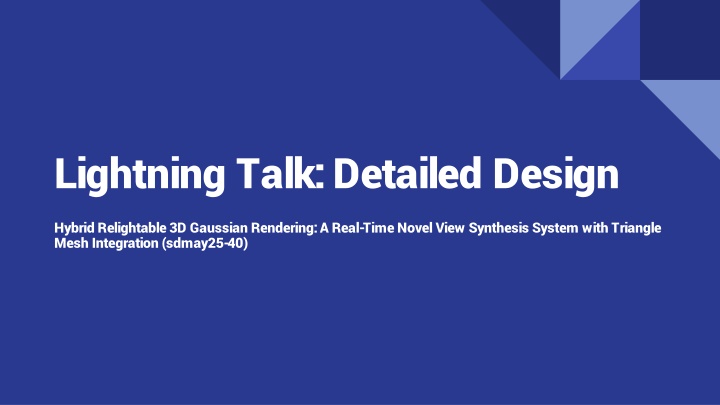
Real-Time Novel View Synthesis System with 3D Gaussian Rendering
Explore a cutting-edge system using 3D Gaussian splats and raytracing for dynamic lighting and mesh integration. Leveraging machine learning and Unity, this project aims to generate new scene images under varied lighting conditions seamlessly.
Download Presentation

Please find below an Image/Link to download the presentation.
The content on the website is provided AS IS for your information and personal use only. It may not be sold, licensed, or shared on other websites without obtaining consent from the author. If you encounter any issues during the download, it is possible that the publisher has removed the file from their server.
You are allowed to download the files provided on this website for personal or commercial use, subject to the condition that they are used lawfully. All files are the property of their respective owners.
The content on the website is provided AS IS for your information and personal use only. It may not be sold, licensed, or shared on other websites without obtaining consent from the author.
E N D
Presentation Transcript
Lightning Talk: Detailed Design Hybrid Relightable 3D Gaussian Rendering: A Real-Time Novel View Synthesis System with Triangle Mesh Integration (sdmay25-40)
Project Overview Our project is a novel view synthesis system that uses 3D Gaussian splats with a raytracer that allows for real time dynamic lighting and the incorporation of traditional polygon meshes. Use a Machine Learning model to extract material properties from videos to allow for dynamic lighting. Create a Unity package consisting of our renderer
Problem Statement Generate new images of a scene under different lighting conditions with new additional objects from a specific point of view using pictures of the scene from different points of view.
Functionality The system will be provided to users as a package within Unity. The user can use it by adding the component to a Unity scene and then supplying it with a Gaussian model created from using Structure from motion. Once the render is created the user will be able to change the scene s lighting in the Unity editor which will change the scene in real time.
Technology Considerations The main two technologies we will be using is PyTorch and Unity engine. PyTorch will be used to create our machine learning model which will be used to create our machine learning model which will be used to find the normal vectors and PBR properties of the Gaussians We will use Unity engine to implement our raytracer. The raytracer itself will be written in HLSL compute shaders which will be run by C# scripts in Unity. The combination of these two solutions will allow us to implement dynamic lighting.
Areas of Concern and Development The current design aims to solve the issue of complexity as one of the goal deliverables is a unity package. The use of unity packages will meet the user needs for a simple to use program that integrates well with existing programs. This format also allows for users to simply include a .ply file and then the package should handle it from there. The use of unity meets the needs of the unity developer (one of our created persona). Due to the sequential flow of our process, One concern we will need to consider is that when developing we use correct and robust data to ensure that we correctly, accurately, and completely encompass the entire domain of possible user inputs.
Conclusion Ensure correct Pytorch and Unity functionality and Integration. Ensure our model can handle any structure from motion data sets. Ensure Prototypes are designed independently then ensure they are able integrate with each other correctly.

